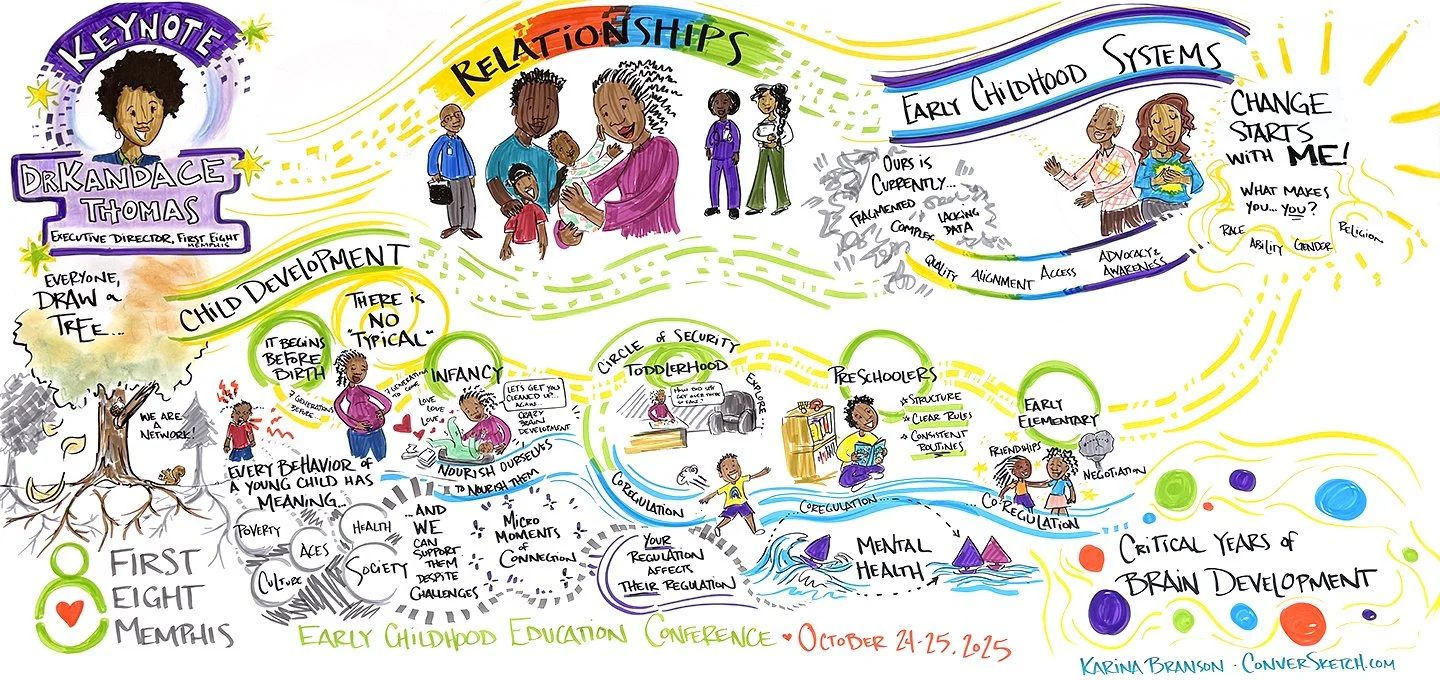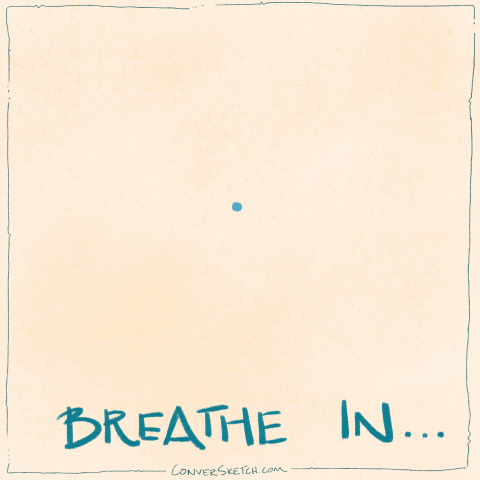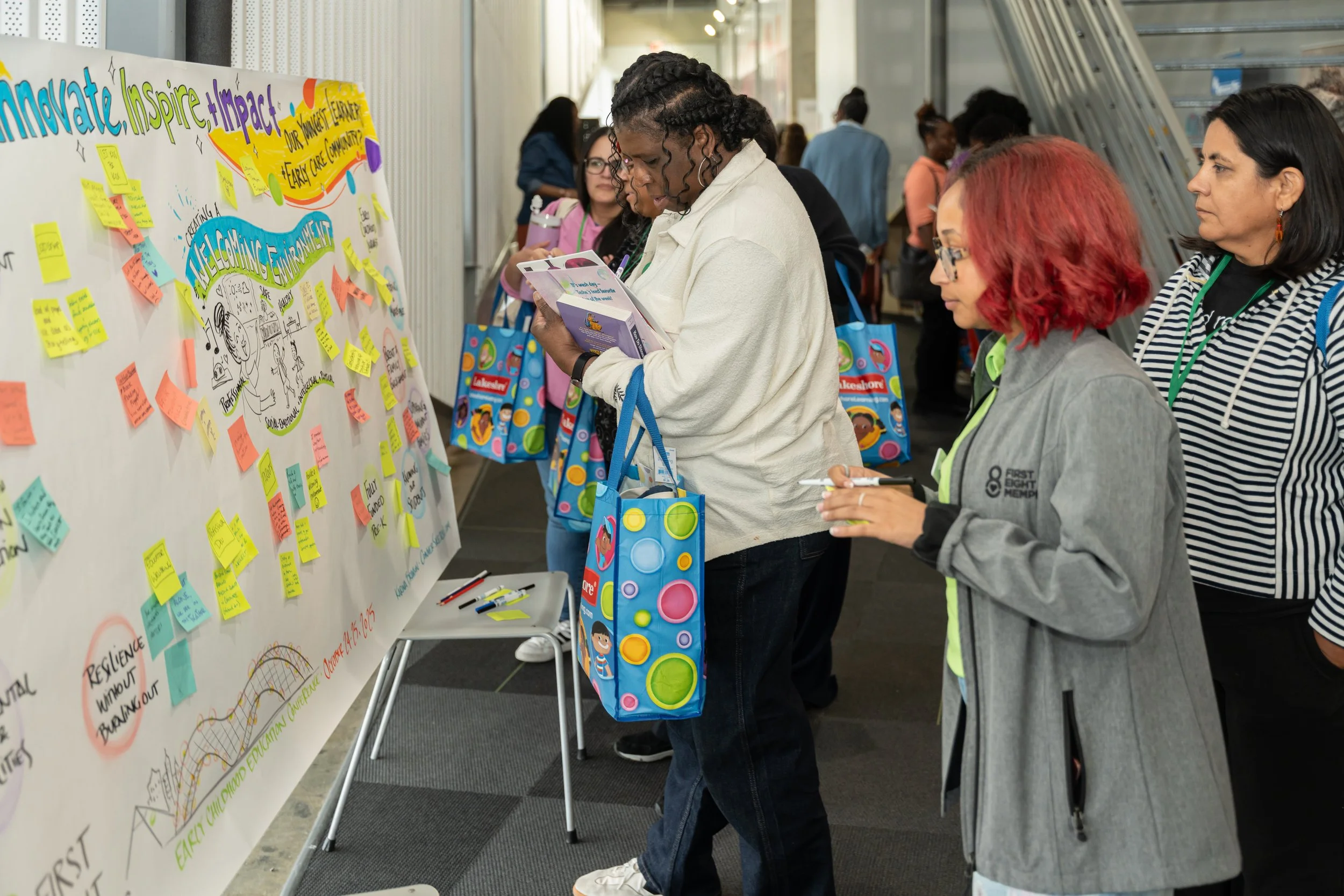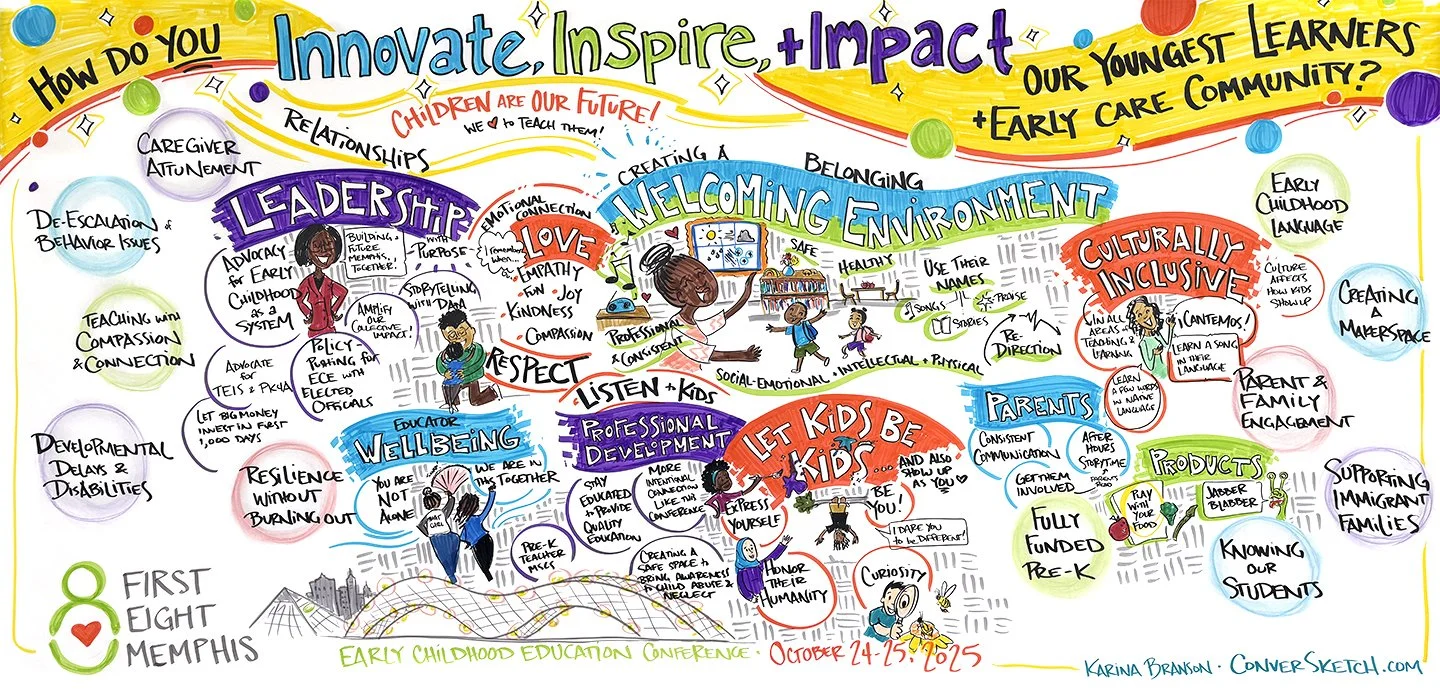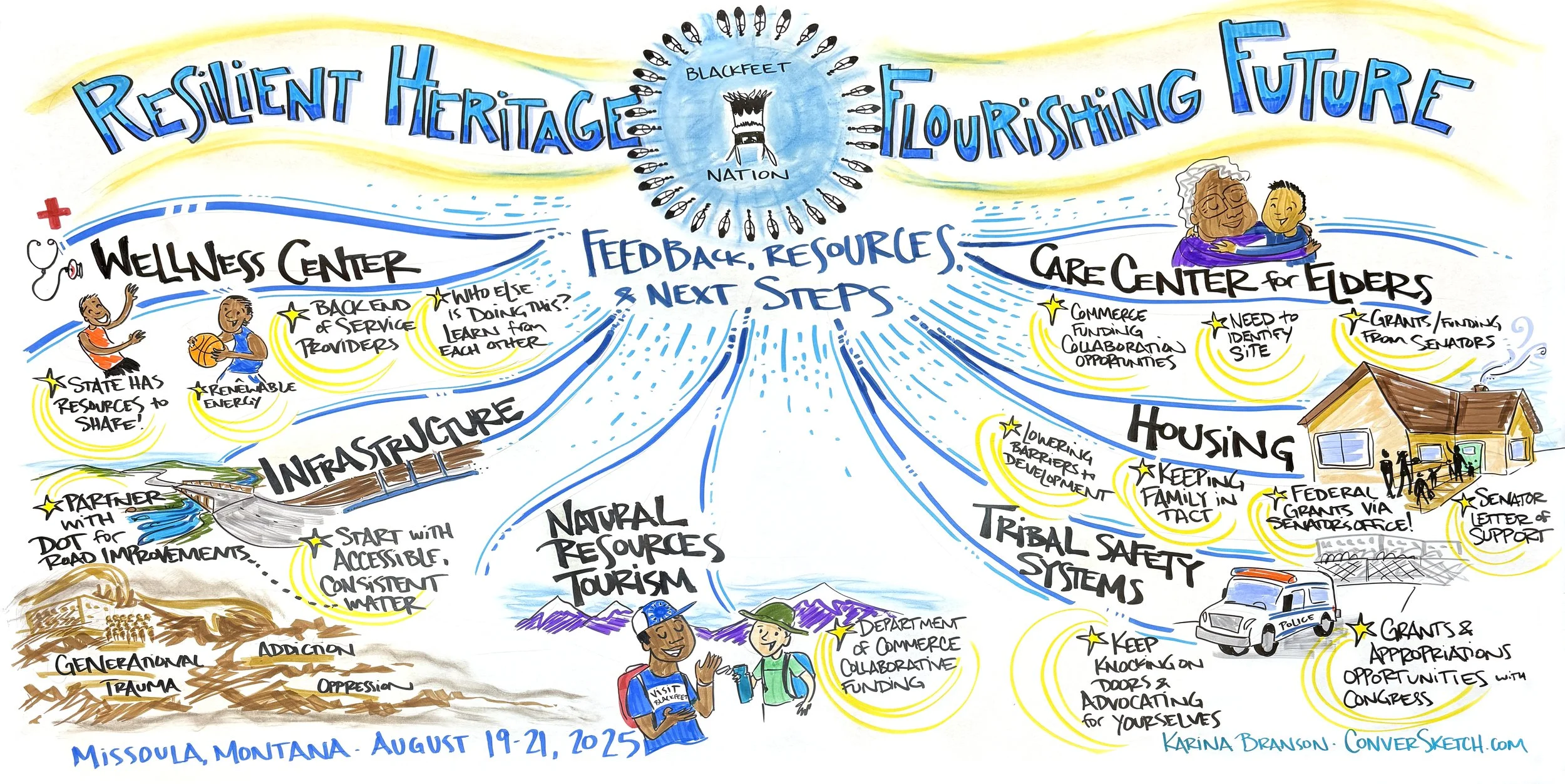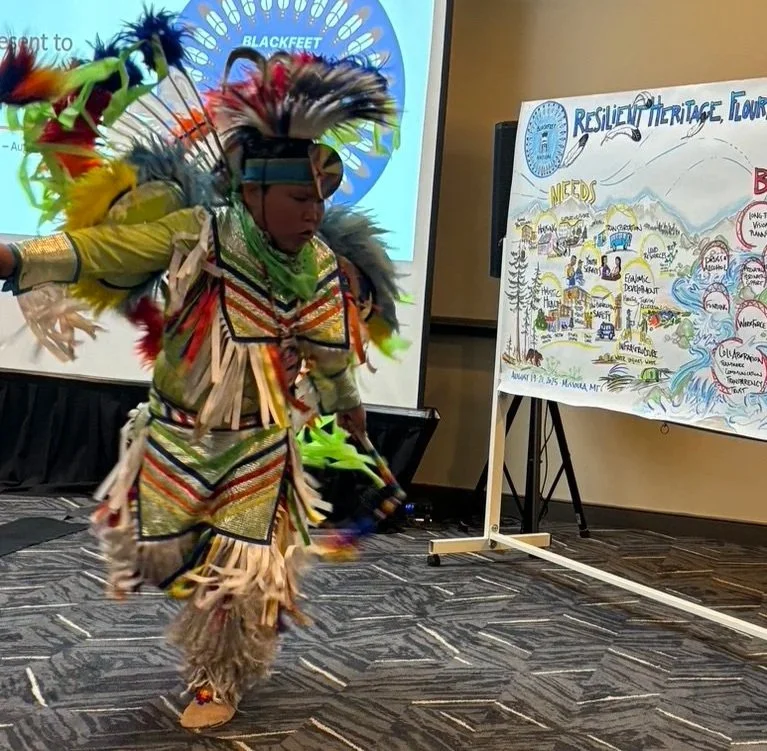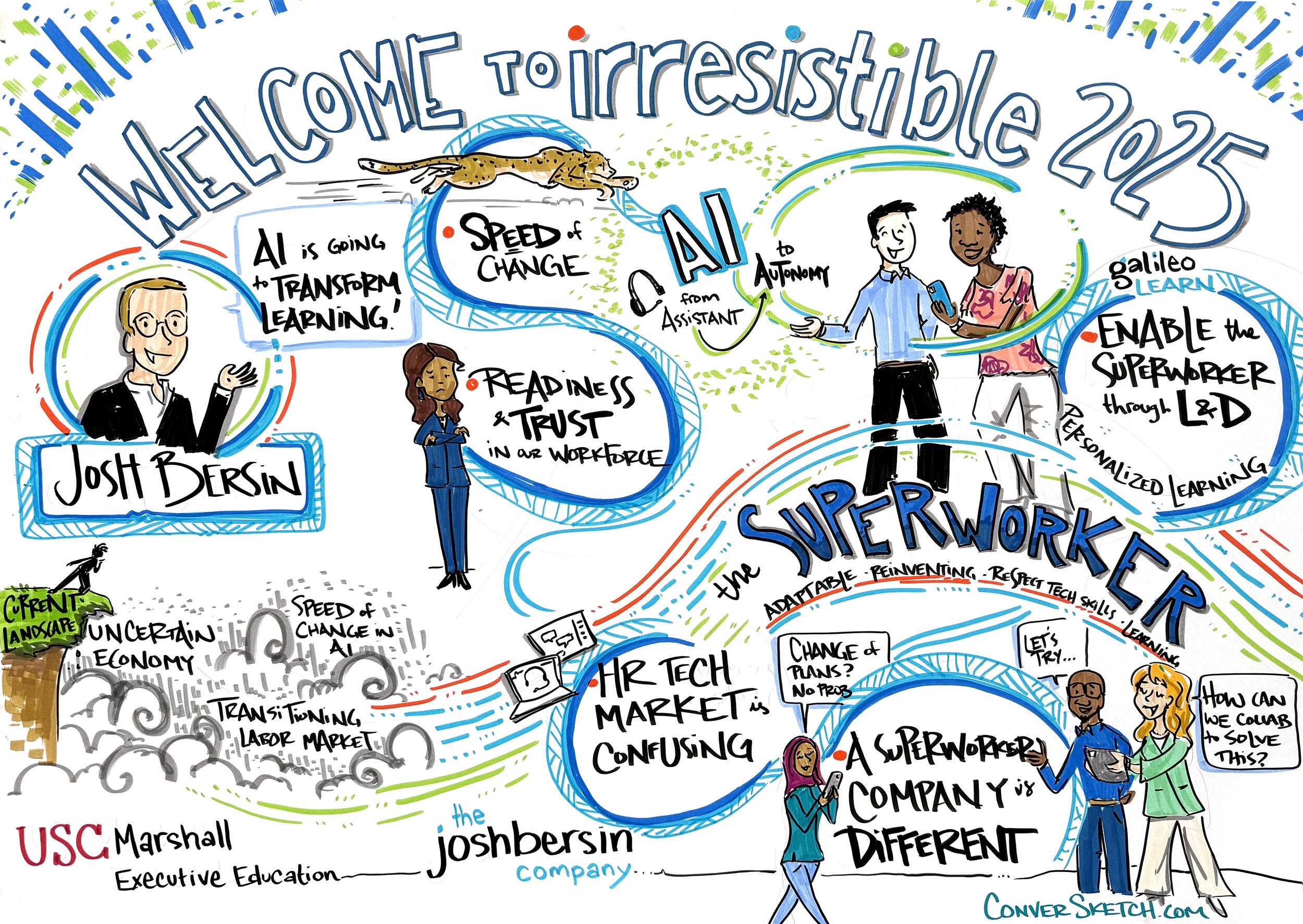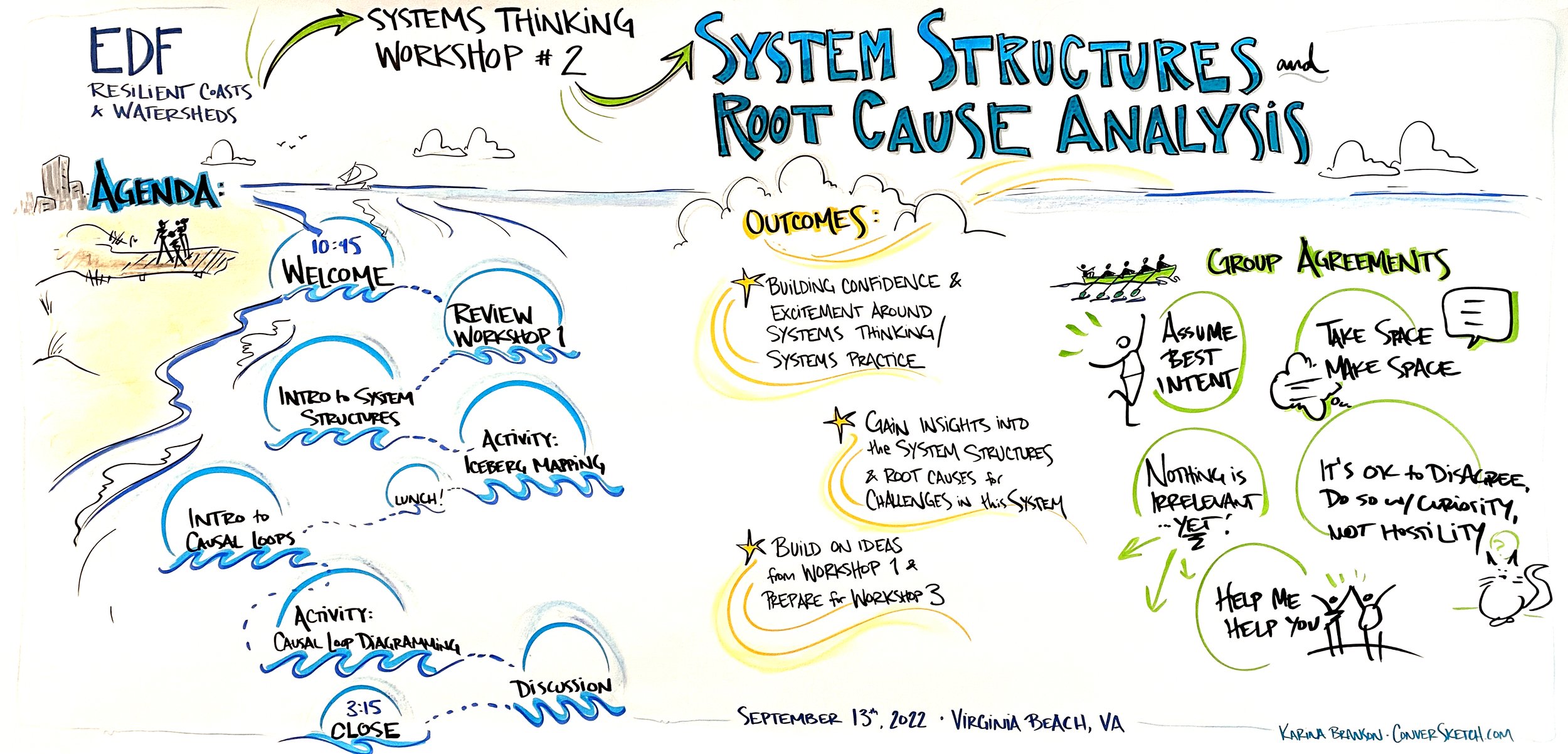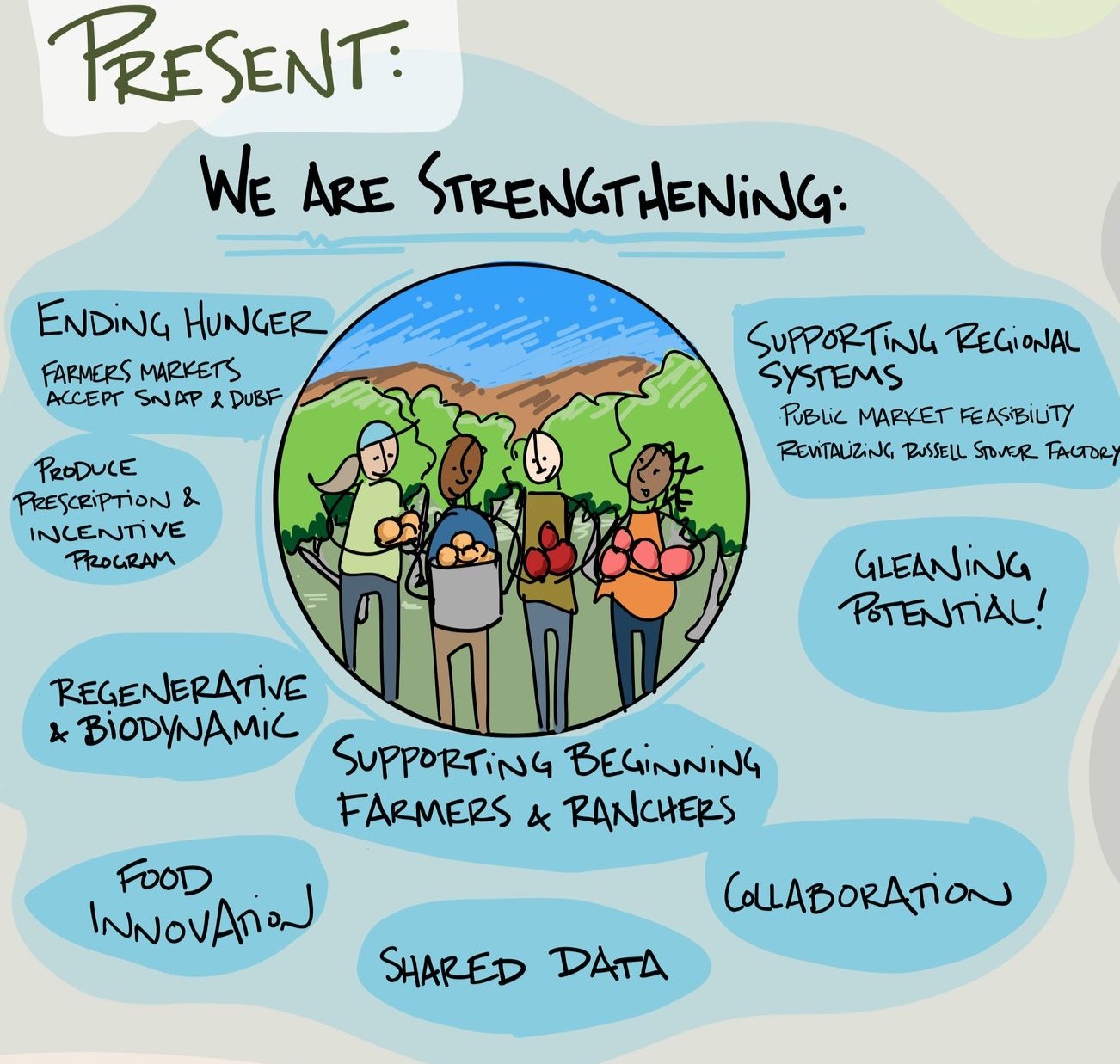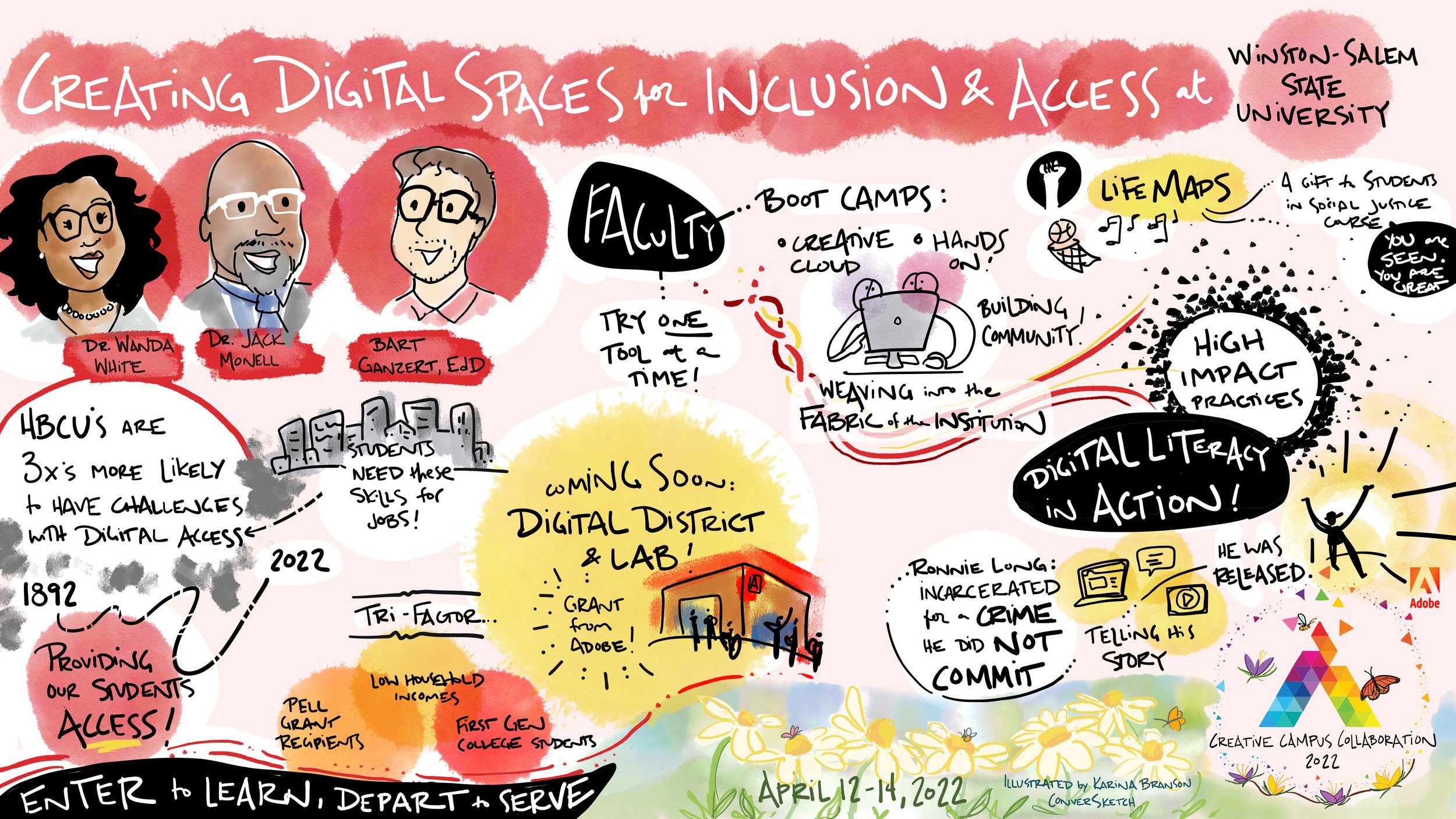Keynote from Dr. Kandace Thomas, ED of First 8 Memphis
If you're a parent, you might know the term "co-regulation": that moment when you use your own calm energy to help settle a child who's overwhelmed. Guess what? This isn't just for parents and kids.
As a facilitator or meeting host, you're doing this all the time, whether you realize it or not.
When you're anxious before a big session, greeting people at the door with your shoulders up around your ears? That tension spreads. But when you're grounded and present? That flows outward too.
Which room would you rather walk into?
One of the simplest ways to shift your nervous system is to take five deep breaths. Sounds almost too simple, right? But it works – and there's science behind it.
When you slow your breathing, you're activating your parasympathetic nervous system, the part of you designed to calm down and rest. Researchers at Harvard found that even short periods of focused breathing can alter your body's stress response. And a neuroscience study this year showed that people who practiced slow breathing for just a few weeks became measurably less anxious and fearful.
Five breaths. That's all it takes to set the energy in the room, starting with yourself.
If you need a breathing buddy, here's a GIF I made during the pandemic when we all needed a little extra help finding our calm:
Last month in Memphis, I had the privilege of working with a group of early childhood educators. Their Executive Director opened with a powerful keynote about co-regulation and how pivotal it is for young children, especially in those early years. She wove together research and heart in a way that reminded all of us: the energy we bring matters. Whether you're caring for a toddler or facilitating a boardroom, you're shaping the space with your presence.
So before your next meeting, maybe take some deep breaths. Your brain, and your group, will thank you!
Thank you for your collaboration, humor, and what you do to make the world a better place.
Cheers,
Where in the World is ConverSketch?
Memphis, TN: With First 8 Memphis, a convener and support organization for early childhood educators and caregivers. They treated participants right – starting with a female DJ to hype the group and a viral comedian as an emcee…and of course a graphic recorder to capture ideas and keynotes. These ladies are contributing ideas to a Knowledge Wall which I took and synthesized into an illustration by the end of the day (see second image)!
Fully synthesized Knowledge Wall completed over the course of one day.
Virtual with CU Anschutz: Supporting conversations about the Low-Grade Glioma (LGG) Registry and encouraging people to participate to expand research toward treating LGGs.
Digital graphic recording from 45 minute conversation.

